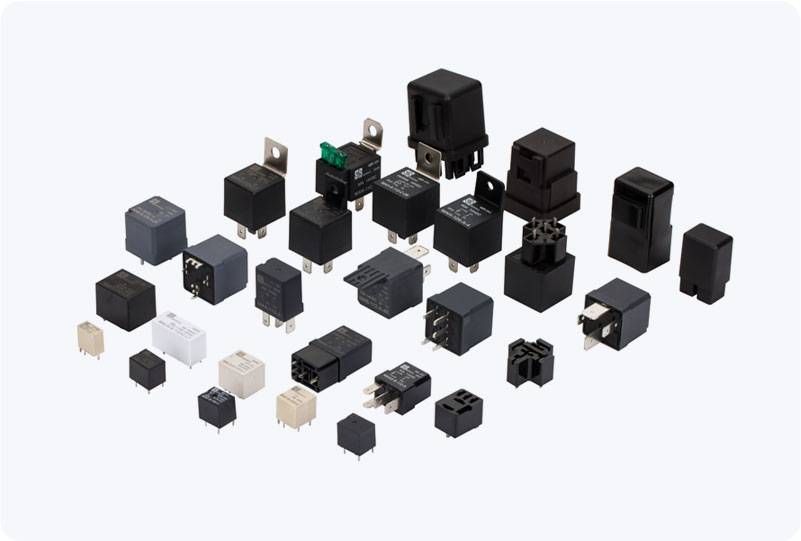ssr for new energy vehicles: revolutionising the future of automotive steering systems
Release time:2025-08-19 14:28:10
The automotive industry is undergoing a transformation, driven largely by the rise of New Energy Vehicles (NEVs). As these vehicles move toward greater efficiency, safety, and sustainability, innovative technologies are being developed to meet the growing demands of the market. One such technology is SSR, or Steering-Shaft Reduction, which is gradually becoming an integral part of steering systems in NEVs. This article explores the concept of SSR, its application in NEVs, and how it is contributing to the evolution of electric and hybrid vehicles.

Understanding SSR in the Context of NEVs
SSR refers to the reduction of mechanical complexity and energy consumption in steering systems. In traditional vehicles, the steering shaft is often connected directly to the steering wheel and the wheels, with mechanical linkages that provide steering feedback. However, this system can be inefficient, with energy losses due to friction and mechanical components. In NEVs, where energy efficiency is a top priority, manufacturers are exploring new ways to reduce these losses.
The key idea behind SSR is to reduce the mechanical linkages in the steering system and replace them with electronic and digital components. This shift allows for more precise control, less mechanical wear, and a reduction in energy consumption. By integrating SSR into steering systems, NEVs can achieve better efficiency, smoother handling, and improved overall performance.

